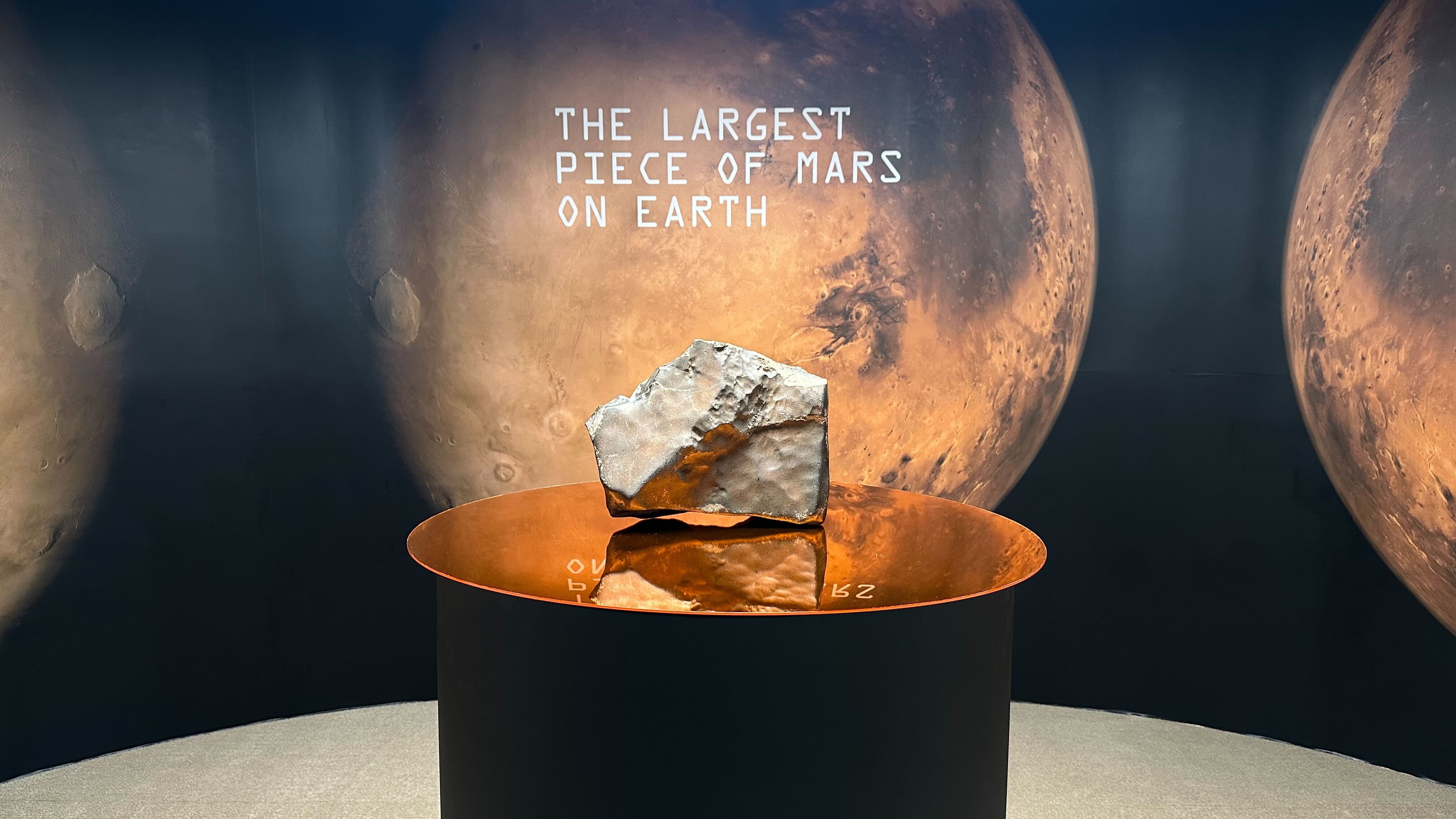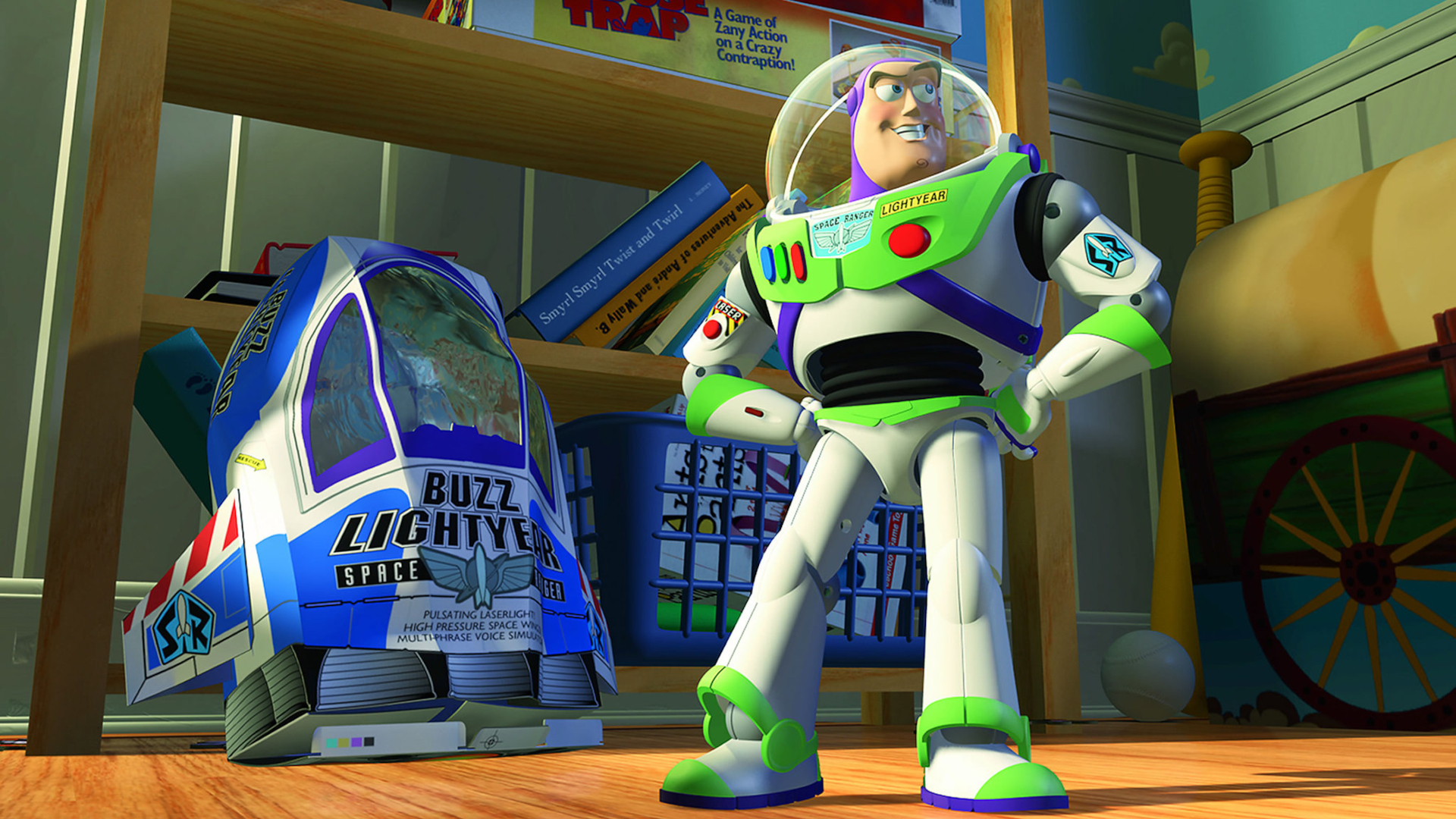The largest Mars meteorite on Earth has sold for $5.3 million
It sold for more than the maximum estimated price of $4 million.

On Wednesday (July 16), the largest Mars meteorite on Earth was auctioned off at Sotheby's in New York City for $4.3 million. (Extra fees bring the lot price to about $5.3 million).
The jagged, 54-pound (25-kilogram) chunk of the Red Planet is formally called NWA 16788. It was found in Northwest Africa, which is where the "NWA" title comes from — but, surprisingly, the bidding war to attain this cosmic relic wasn't as enthusiastic as many expected. Before live bidding began, advance bids set the starting price of NWA 16799 at $2 million — during live bidding, however, things were slow. Still, the object sold for higher than the original estimate that maxed out at $4 million.
As Cassandra Hatton, the vice chairman of science and natural history at Sotheby's, told Space.com, NWA 16788 doesn't only set itself apart from other Mars meteorites we've found on the planet in size, but also in aesthetics. "It also looks just like the surface of the Red Planet," she said. "Most other Martian meteorites that we find are really small, thin slices, and when you first look at them, you would never guess that they're Martian." For context, this particular Mars meteorite is about 70% larger than the next largest Mars meteorite that's been located on planet Earth; and Hatton says many of those smaller Red Planet samples sold for between $20,000 and $80,000.
As for the identity of the proud new owner of the largest piece of the Red Planet we have on Earth? Well, we may never know. It's fully up to the buyer to reveal themselves, and Hatton says many choose to remain anonymous.
"There's all sorts of reasons — maybe safety," she said. "Maybe they're worried somebody will try to steal it from them; maybe they want to be an anonymous donor to a museum. People have all sorts of motivations for keeping it quiet, and then some people like to announce it immediately."
This Mars rock wasn't the only rare object to be sold for a hefty sum during Wednesday's auction. The other star of the show was a mounted juvenile Ceratosaurus skeleton from approximately 154-149 million years ago, which sold for $26 million, and a plethora of incredible items were distributed during the event. For instance, a 67-million-year-old Tyrannosaurus Rex foot sold for $1.4 million; a Megalodon Shark tooth from Virginia sold for $18,000; a Neanderthal tool set sold for $45,000; and a stunning, clear blue Aquamarine specimen sold for $75,000. (All prices mentioned do not include the extra fees).
"At the end of the day, it's the bidders who tell us what things are worth, not me, not anyone else. The estimates are just there to give people an indication," Hatton told Space.com. "Last summer, I sold the Stegosaurus 'Apex.' For the Stegosaurus, the estimate was [$4 million to $6 million], and it sold for $44.6 million."
Breaking space news, the latest updates on rocket launches, skywatching events and more!
"I've had single objects sell for $6 million," Hatton said. "I did the whole Buzz Aldrin collection, and I think that did $8 million. I did the whole Richard Feynman collection of his Nobel Prize in papers that did $4 million."
The entire concept of auctions, particularly for scientific objects that could benefit the public as well as scientific community, can be quite fraught. Why not freely donate to scientific laboratories, children's museums or other public spaces? Hatton, however, believes that attaching monetary value to such items can incentivize collectors to take care of those items — perhaps better than museums that struggle with funding can.
She also says many collectors tend to donate their purchases to museums, or at least allow them to be displayed, while also providing a sum of money to the selected institution to help staff take care of the objects. Some of that money, she says, may even be set aside to create funding for postdoctoral researchers who can study the objects.
In order to confirm that NWA 16788 is indeed a Mars meteorite, a small piece of it was also broken off to send to a lab. This piece may be helpful for scientists looking to analyze the object. "A sample has been taken and analyzed and published in the meteoritical bulletin, so they could go and get that," Hatton said.

Monisha Ravisetti is Space.com's Astronomy Editor. She covers black holes, star explosions, gravitational waves, exoplanet discoveries and other enigmas hidden across the fabric of space and time. Previously, she was a science writer at CNET, and before that, reported for The Academic Times. Prior to becoming a writer, she was an immunology researcher at Weill Cornell Medical Center in New York. She graduated from New York University in 2018 with a B.A. in philosophy, physics and chemistry. She spends too much time playing online chess. Her favorite planet is Earth.
You must confirm your public display name before commenting
Please logout and then login again, you will then be prompted to enter your display name.
